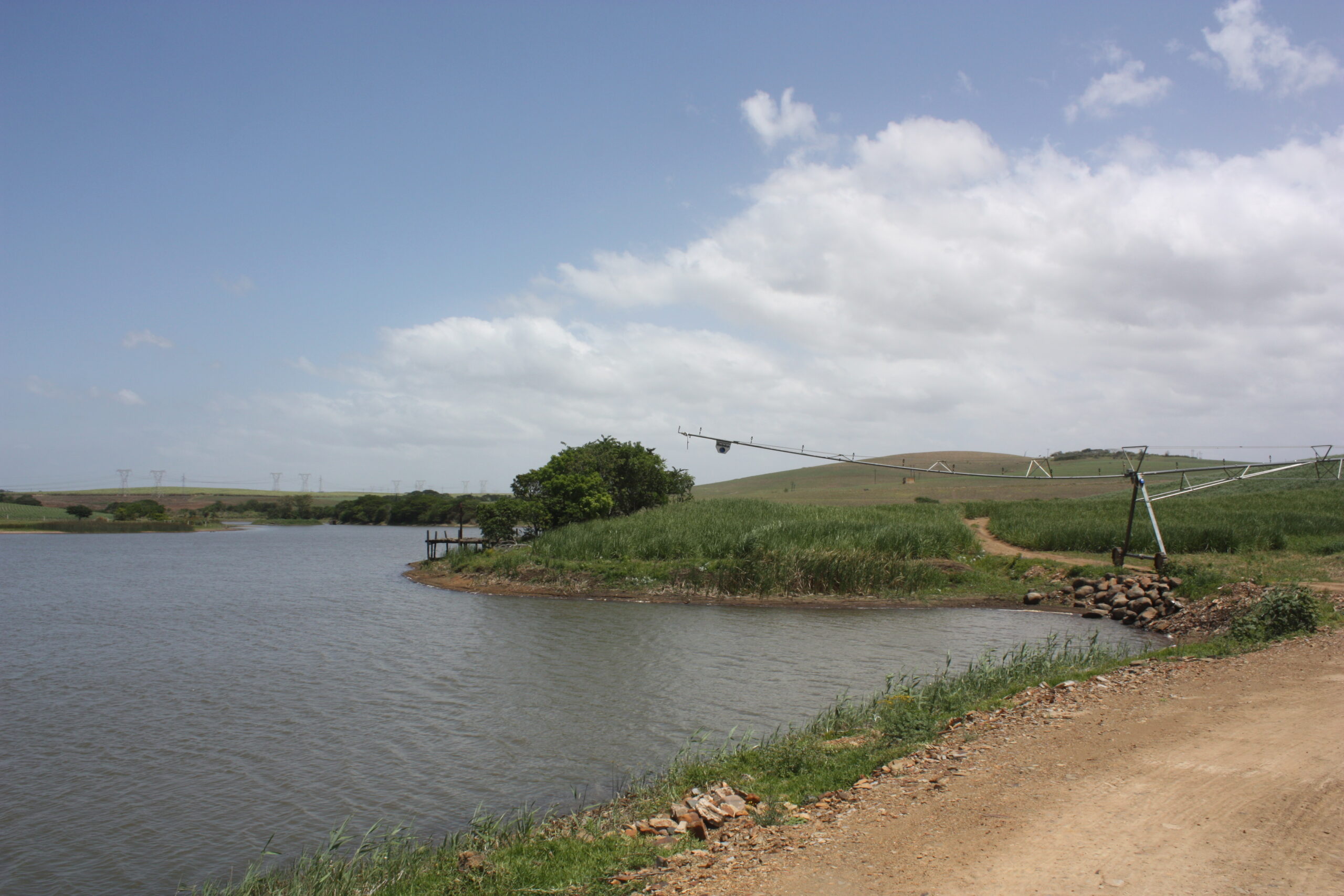In order to become a successful farmer, it is critical to have a solid understanding of the most fundamental principles of irrigation. Without water, all living things, including plants and animals, will die. In the process of irrigating crops, the soil itself is an essential component. While crops are being watered, the soil below them is going through a number of interesting and important changes.
The soil is a reservoir for air and water
A layer of moisture is held around each soil particle, and the plant can access the water that is contained within this layer. To live, plants require air, just like animals do. Some of the roots will eventually suffocate and die if there is an excessive amount of water in the root zone. Clay soils have a propensity to hold and store more water, while sandy soils tend to hold and store less air (per unit of soil depth). When compared to clay soils, sandy soils have a lower capacity to hold water per unit of soil depth due to the presence of more sand particles. The structure of the soil will play a significant role in determining the amount of water that can be stored in the root zone of the plant.
Irrigation through centre pivots
Moving systems can operate at high, medium, or low pressures depending on the application. Small farmers usually don’t use these systems because they cost a lot of money up front and need a lot of specialised technical help.
The most common type of moving system is the centre pivot. Even though irrigation efficiency should theoretically exceed 85%, soil limitations, poor maintenance, or even the incorrect use of sprinkler packages reduce measured efficiency. This is true. One of the primary concerns of large commercial farmers who use centre pivot systems is the possibility of reducing their labour force.
Pumps
In most cases, a farmer will need to pump water in order to run an irrigation system. A pump is nothing more than a device that raises water to a new height. A pump with a pressure boost of 100 kPa can be used to fill a tank 10 metres above the source’s water level.
The simplest way to pump water into a tank is to use buckets to transport it. Carrying water quickly becomes unworkable when we need to move large amounts of water or raise that water significantly. The use of mechanical energy and the conversion of that energy into usable water pressure is then necessitated. Centrifugal pumps are the most common type of pump used in irrigation systems.
The following factors have an impact on centrifugal pump performance:
- Impeller diameter
- Type (design) of impeller used
- Rotation speed
- Volute design
Getting the pump and motor’s couplings aligned correctly is critical. An incorrectly aligned pump will vibrate, wasting energy that could have been used to increase water pressure. The pump’s bearings, drive shaft, and other components will suffer rapid wear due to the same vibrations. If the pump fails, it will necessitate costly repairs.
Priming the pump
If air is trapped in the suction line of a centrifugal pump, it will not function. Uncontrollable rotation of the impeller will result in the pump failing to draw water. The impeller will be damaged if there are even a few small air bubbles in the system. The volute must be filled with water before the pump can be started (primed). In order to start the pump, you must keep the valve closed and slowly open it.
Air can enter the system if the reflux valve (foot valve) is not positioned deep enough in the water to prevent the formation of suction vortexes. Mud and silt will get sucked into the line if the foot valve isn’t elevated high enough above the streambed.










